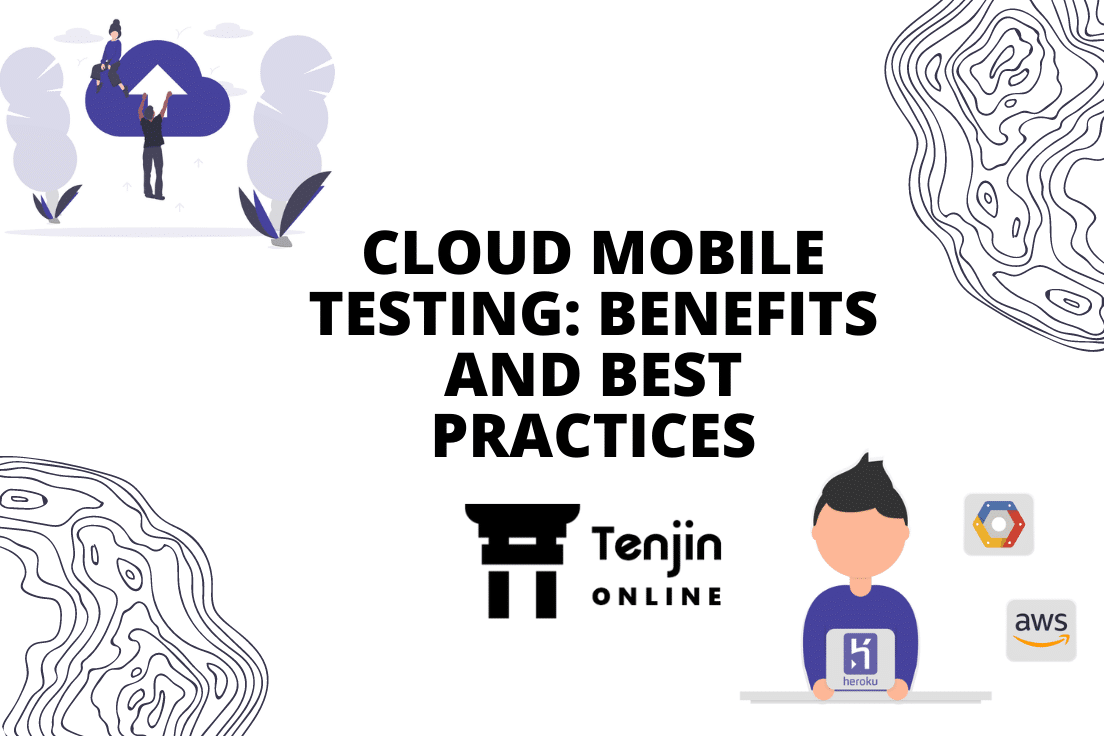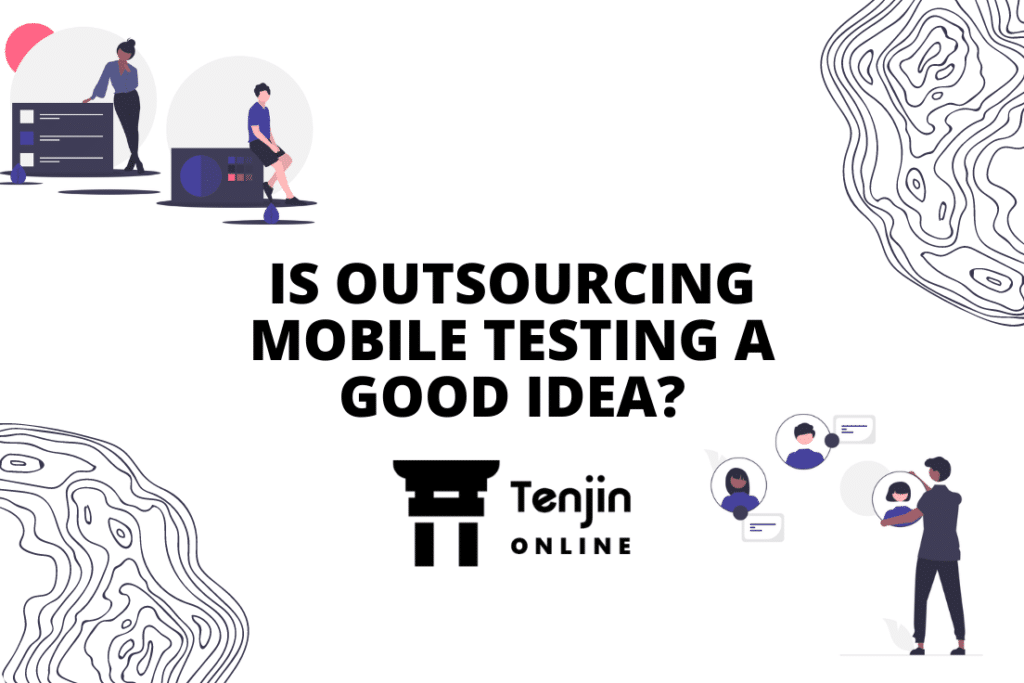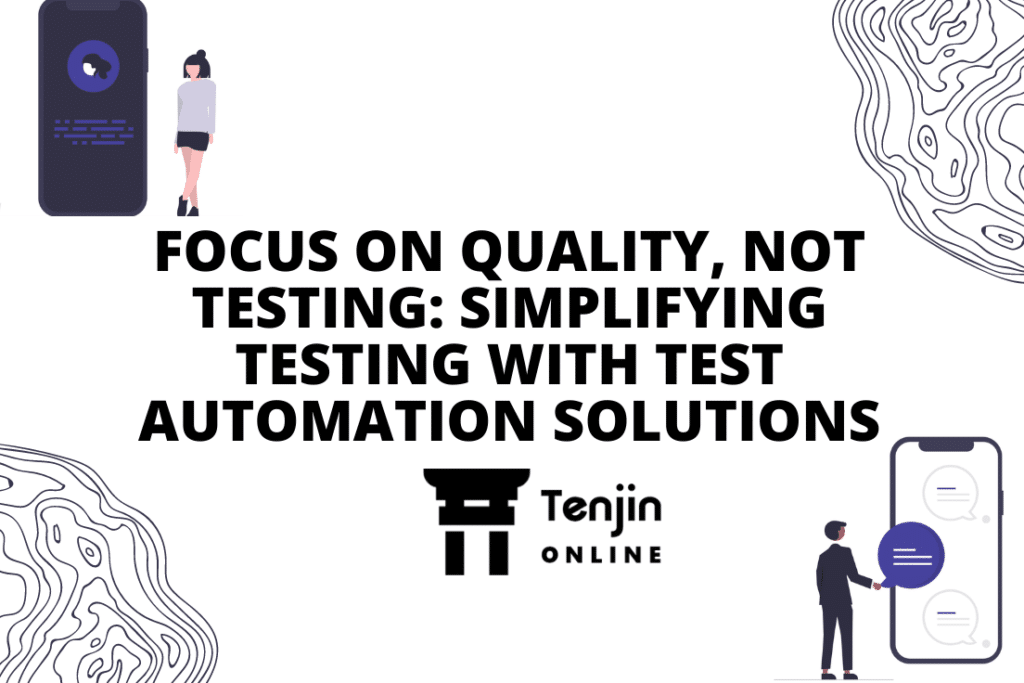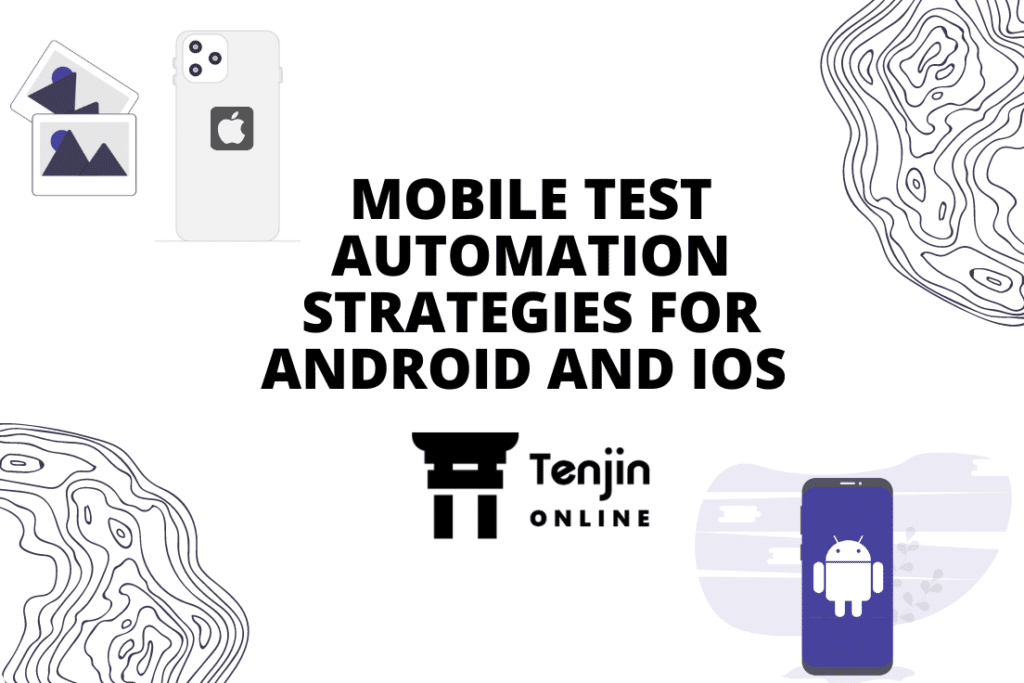
The market is brimming with a wide range of mobile devices with various sizes, configurations, UI/UX, and operating features. Hence, testing the application across a diverse range of devices becomes tedious, expensive, and highly challenging. To resolve this issue, mobile app development companies are testing the app in Cloud using virtual simulated or emulated mobile environments or real devices hosted in Cloud. The virtual device mimics the conditions of actual mobile devices and carries out the testing efficiently.
The Cloud-based test environment is the most convenient and demanding technology that has brought considerable changes in the test environment for mobile apps in Cloud. Mobile testing that leverages the power of the Cloud will be more agile, scalable, and easier to implement compared to other on-premises tools. It is popularly being used for its increased test coverage, increased speed, improved efficiency, easy handling capabilities, and reduced time & effort.
Understanding Cloud Mobile Testing
Cloud mobile testing is the process of using Cloud services to build a highly scalable test infrastructure to test modern mobile devices for functionality, usability, performance, and much more.
This Cloud-based test infrastructure can host any mobile device, whether Android or iOS, along with virtual simulators and emulators. It is made available 24×7 for testing across QA teams to test web and mobile applications on desired browsers, platforms, and devices.
Why is Testing in the Cloud Crucial Nowadays?
The trustworthiness and revenue stream for any business depends on its brand recognition, and it is strictly associated with the quality and service delivered by its software.
For instance, a bank will not generate enough revenue in the digital age if its app keeps malfunctioning every time a customer tries to carry out a transaction. Cloud test automation allows organizations to develop applications that are scalable and accessible beyond various platforms. Thereby, helping enterprises overcome the commonly faced challenges related to costs and time.
Additionally, enterprise-level applications are intricate and necessitate continuous testing to deliver quality software. This can be accomplished using a dedicated Cloud test infrastructure. It enables QA and Testing teams to perform comprehensive testing at any time in a very cost and effort-effective manner and reduce data outages by utilizing the services of data centres.
Types of Cloud Mobile Testing That Can Be Achieved
Any testing can be performed on the Cloud, from functionality verification to load and performance testing. Once a Cloud-based tool for testing is selected, human effort is reduced to half as all the significant and essential tests get executed on the device with very interactive and instructive test reports.
Furthermore, some specific tests can be conducted in almost all Cloud-based automation software. Here is the list of standard tests that can be performed:
- Functional Testing
- Phone Model Testing
- OS Version Testing
- Performance Testing
- Load Testing
- UI Testing
- Bandwidth & Latency Testing
- Stress Testing
Benefits of Cloud Mobile Testing
Cloud test automation eliminates the need to invest significant capital in setting up, maintaining, and updating the lab with real devices. The more apparent advantages of practicing mobile testing on Cloud are better collaboration, more agility, virtualization-related privileges, along lower IT administration efforts.
A few additional benefits that companies enjoy with Cloud mobile testing are:
- 24-hour availability to connect to the Cloud and pick any device that requires to test the app
- It saves time to run thousands of test cases against multiple OS versions and hundreds of device models simultaneously
- It is perfect for agile methodology because Cloud testing allocates the same resources to every tester regardless of their location at the same time
- If a company wants to test an application on 10 OS versions and 50 different phone models, then, compared to manual or automation testing, using an open-source or paid Cloud-based tool is significantly less expensive
- This approach is the best option for continuous integration, as verifying the application’s stability and functionality becomes straightforward and saves time.
- Test cases can be efficiently prioritized and run the scripts accordingly in urgent releases. Efficiency can be further enhanced, as the results can be obtained in much lesser time and with greater accuracy, delivering a smoothly functioning app.
Challenges Faced by Testers Using Cloud Computing Environments
There are some challenges which a tester can face while testing an application in the Cloud environment. Some of these challenges are explained below.
Test Environment Creation
Specific configurations regarding servers, storage, or networking that may not be supported by the Cloud provider is required, and some test cases are modified when migrating testing to the Cloud.
Security Issues
Security is of paramount importance in Cloud testing, and further studies are carried out to strengthen security. As Cloud testing is based on the internet, user privacy protection and security of applications running in the Cloud also need to be acknowledged.
Performance Issues
Test results may not be perfect because of the inefficient performance of the service provider’s network along with internet issues. Sometimes during maintenance activities, the bandwidth may be lacking.
Best Practices for Cloud Mobile Testing
Below are some of the best practices derived for Cloud-Based Mobile Application Testing.
- Distinguish the Cloud services practiced for the application throughout the design phase
- Update the test policy and strategy for deploying to the Cloud (migration and persistent deployment validations)
- Know how to get test data ready for a sandbox or non-production environment deployment
- Examine the Cloud services SLAs (service-level agreements) to understand who holds what type of validations (functional, performance, security, etc.)
- Implementing a process to fix bugs with help from a Cloud provider
- For validations controlled by the company, identify owners to verify
- Proceed on to educate others on how software testing improves with the Cloud
Conclusion
Adopting a Cloud Mobile Testing technique is a great way to improve the efficiency of app testing. It will test the app across various devices and allow teams of all sizes to execute one single test plan simultaneously. Most companies adopt mobile Cloud testing over traditional testing approaches because of smooth deployment, scalability, and endless resources. Irrespective of the underlying hurdles, mobile Cloud testing will sustain and empower enterprises to stay ahead and remain competitive.



Leave a Reply
You must be logged in to post a comment.